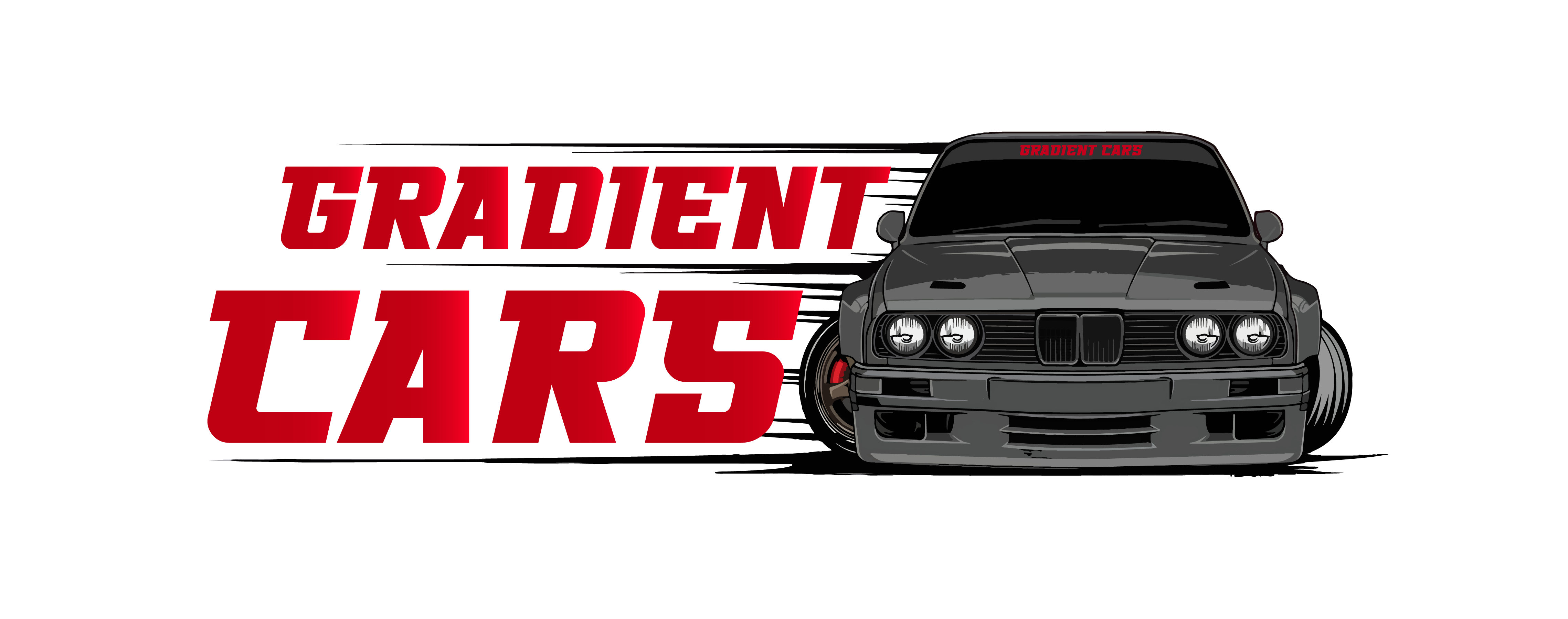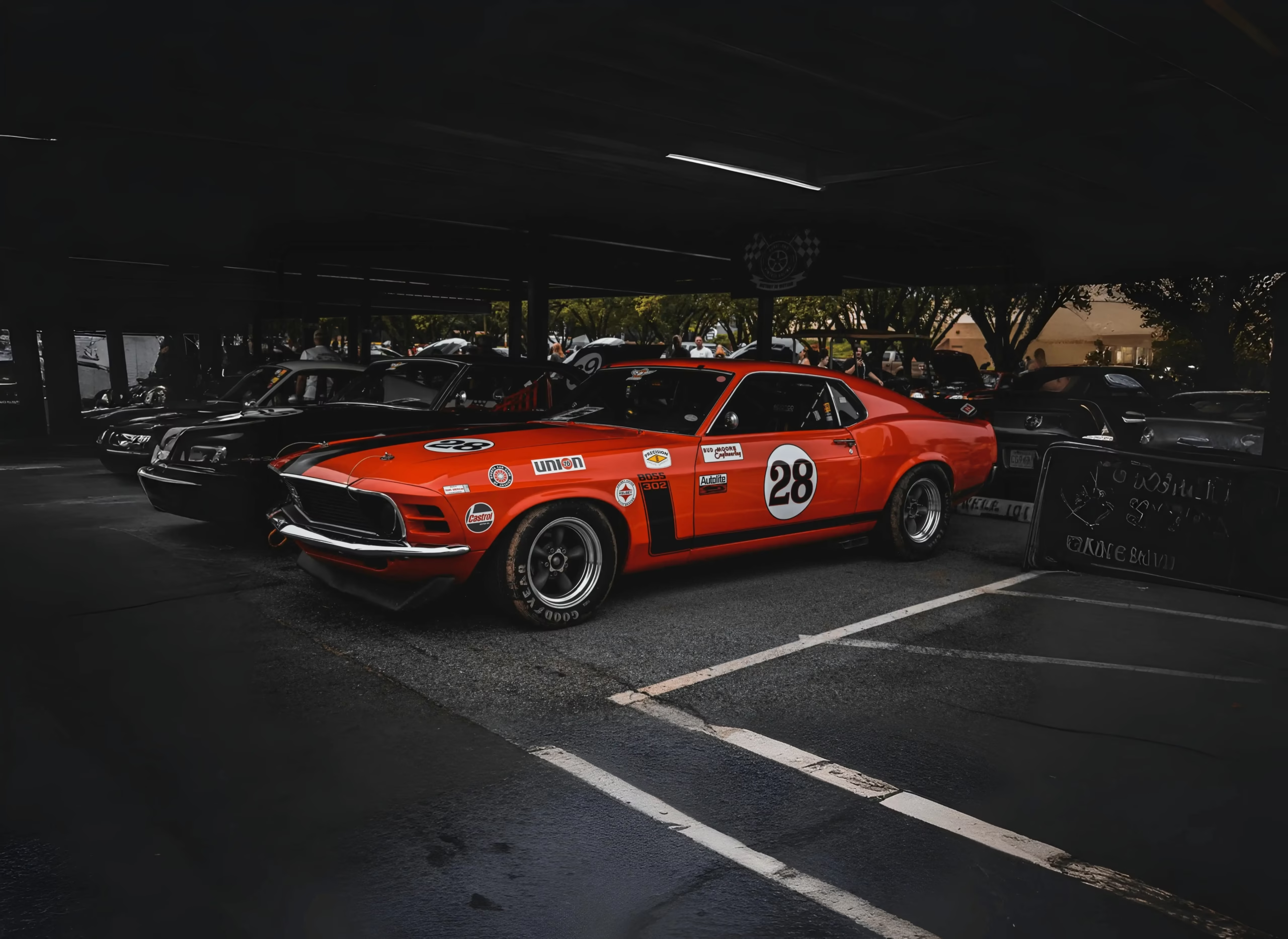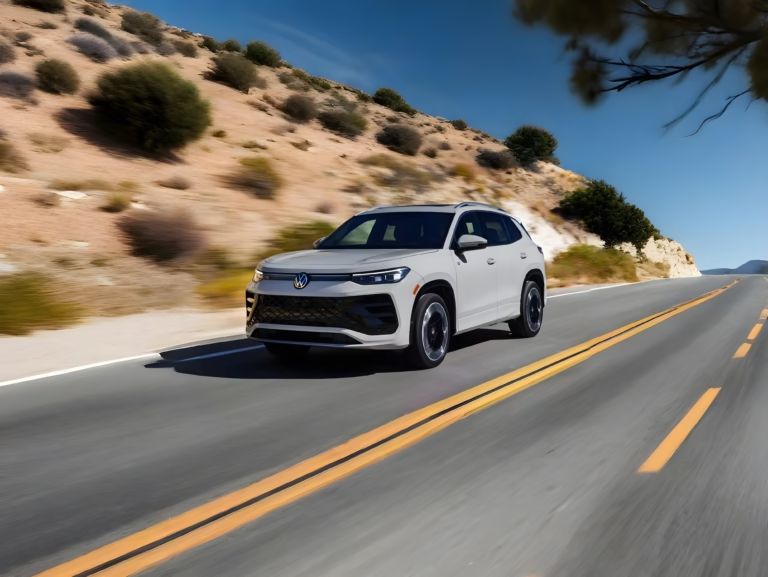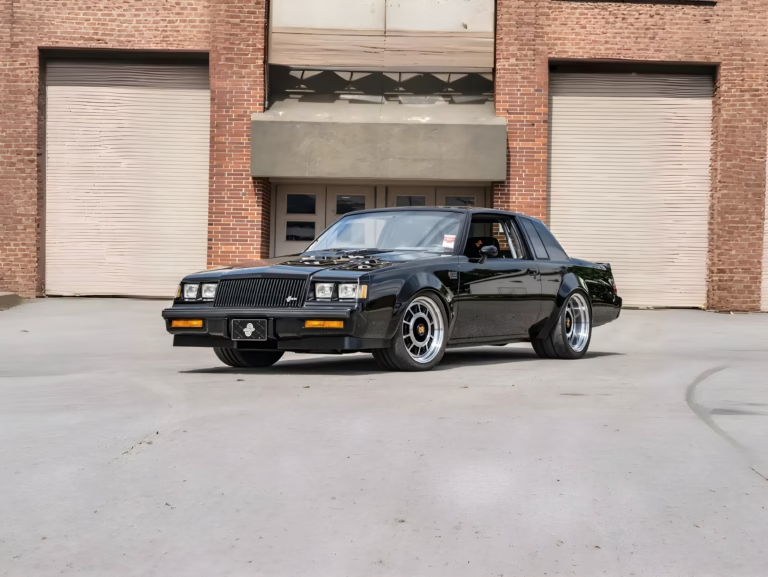The Ford Mustang has been an American car’s performance and design peak for decades. Its models in the decades have none so iconic and performance-focused in life as the Boss. In the latter 1960s, road-racing madness, personality cars, and shock racing shocked the masses along with connoisseur collectors. Below, we have given the most iconic vintage Mustang Boss cars, their history, performance, look, heritage, and worth now.
1. 1969 Ford Mustang Boss 429

Overview
The Baddest of them all is the 1969 Ford Mustang Boss 429. it was intentional to homologate for nascar and enclosed brutes 429 solid edge (70-liter) v8 potency cardinal of the large always to squall amp mustang base. Just 1359 were produced extremely the Boss 429 is a collector gem and holy grail for Mustang enThere foreiasts.
Current Price: $1.2 million to $1.5 million depending on condition and provenance.
Engine and Performance
Boss 429 also came with the high-performance-designed 429 cubic inch V8 engine, which was designed keeping the aim of providing the maximum amount of power. The engine had over 375 horsepower and 420 lb-ft of torque, and the engine also had a close-ratio four-speed manual transmission to allow for speed and acceleration as well as gear changes. Since the car accelerated from 0-60 mph in over six seconds, the car was a highly powerful car to drive on the highway and race.
Exterior Design
1969 Boss 429 is seemingly at the height of the car’s aggressive look as well as that of the out-of-this-world styling. Its stunning one-off hand-made bonnet consisting of operational air scoops and not only styled to be menacing but also to act as a bonnet air cooler is an indication of the car’s exhibitionism at the period. Its broad fenders, stretched-out body, and intimidating stripes are more than sufficient to render its monster car look and braggart persona not to be in hiding. Boss 429 comes in legendary colors of infamous Grabber Blue and Competition Orange and is a brutal original.
Interior and Features
Boss. 429 sport wheel with bucket seats, performance interior. The performance interior was in great condition because gauges had not yet been installed, including oil pressure and a tachometer. It may not have had the car creature comforts of the era, but it still looked great to drive. It did have an AM radio on some as an option and air conditioning, at least for driver comfort.
Legacy
The 1969 Boss 429 is a work of automotive endurance. Its rarity and power have rendered it a piece of art when it comes to specialization as a collector’s piece, but priceless at an inconceivable price. Apart from literary value as a bruiser, speedster-type, the Boss 429 has to be appreciated for being one of the best justifications the Mustang ever was in its American muscle car form. Its legend has pursued generations of automobile fans and wannabe collectors.
2. 1970 Ford Mustang Boss 302
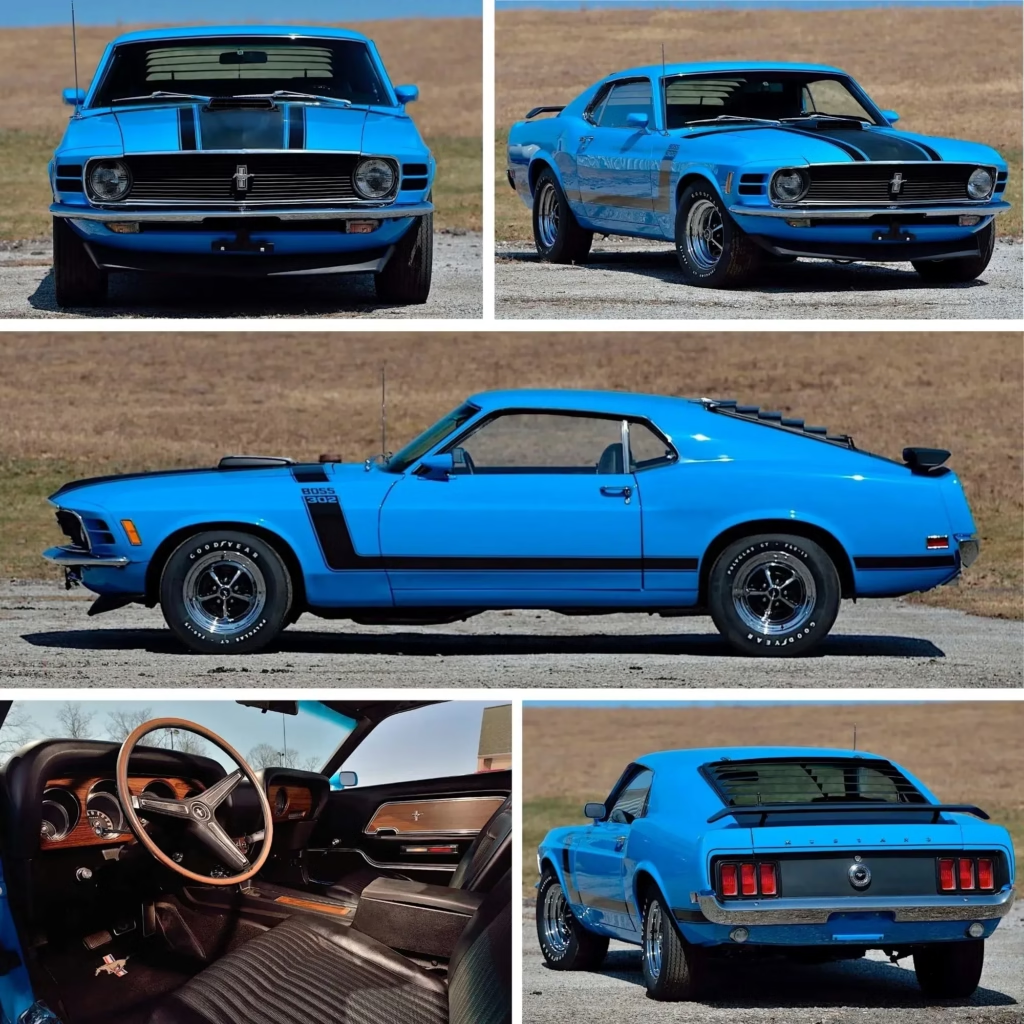
Overview
The 1970 Ford Mustang Boss 302 is a legendary line, high-performance-bred muscle cars. Legend 1969 model year car, the 1970 Boss 302, was created to hit the street and the track. As powerful as it could get with its ginormous engine and low-drag body shape styling, it is legendary as one of the most powerful ever muscle cars to ride the world’s streets.
Current Price: $70,000-$120,000, depending on option and condition.
Engine and Performance
The holy grail of the 1970 Boss 302 is the rev-starving 302 cubic inch (4.9-liter) V8 engine that was cranking out in the range of approximately 290 horsepower. It was joined by a low-base, high-revving intake cylinder head and manifold. Boss 302 was available with a four-speed manual. Aside from that, the gear shifting was very smooth, and it was possible to have a spine-tingling rush ride. The engine would be difficult to do so, but the car body was nothing, and it accelerated from 0-60 mph in over six seconds.
Exterior Design
The 1970 Boss 302 is aggressive and sporty in the eyes. It even features a power grille, an actual hood scoop, and in-your-face racing stripes to turn the car into a performance car. A flared fender and bountiful body give hard glares to the car, and metallic colors such as Grabber Orange and Bright Blue turn the car into a ghostly car. The appearance is a form and function compromise and an “instant classic” as well.
Interior and Features
1970 Boss 302 driver-focused. Sport wheels, high-back bucket seats, and functional gauges that tell the driver useful things when the car is driven hard define the interior. Not interior-fluffy but functional and useful. Air conditioning and AM radio made up all its amenities, some niceties to offer highway cruising.
Legacy
The 1970 Boss 302 cannot be duplicated in roadworthiness and heritage. The Trans-Am competition established the Mustang’s high-performance reputation it achieved. The Boss 302 is the highly sought collector’s jewel for which collectors offer top dollars when bidding is permitted. Its former reputation as a high-performance Mustang has fascinated automobilia collectors around the world.
3. 1969 Ford Mustang Boss 351
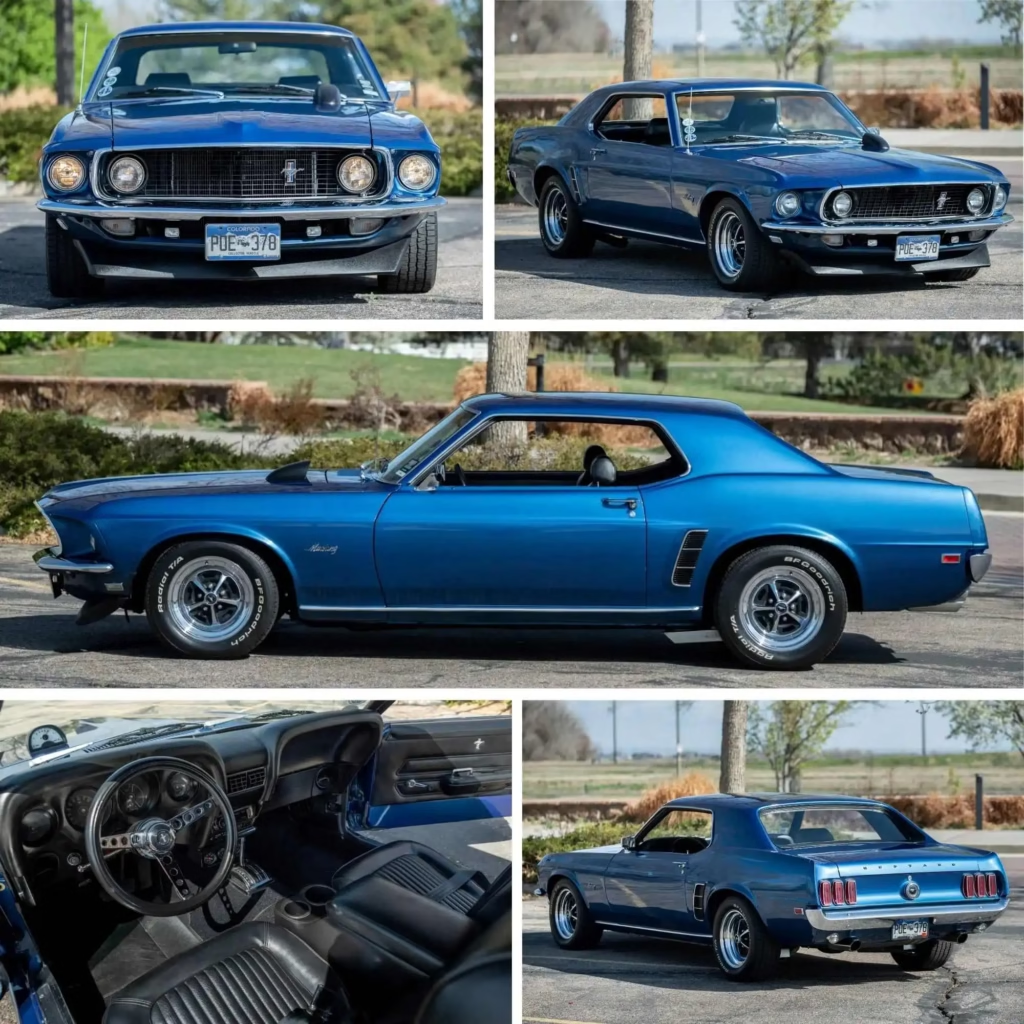
Overview
1969 Ford Mustang Boss 351 is the Holy Grail of Boss 302s to the runaway feral Boss 429. Its much superior performance and looks make the Boss 351 the Holy Grail of muscle car collectors’ dream vehicles. With fewer of them surviving, however, showrooms and assembly lines, the Boss 351 is an overnight classic phenomenon and highly desired.
Current Price: $70000-$100000 depending on condition and availability.
Engine and Performance
Boss 351 came equipped with a 351 cubic inch (5.8-liter) Cleveland V8 engine which was factory rated at about 330 horsepower. its drive was the good because it would rev up There fore arduous and induce There fore practically torsion and it was such as amp bang to thrust. Its close-ratio four-speed manual transmission the Boss 351 was such an exercise in discipline to drive and shoved the car into acceleration every time the gas pedal was depressed all the way. its drive and treatment the head 351 changed the automobile into amp slip leveller connected strips and highways over the state
Exterior Design
The 1969 Boss 351 looks have ferocious styling themes above everything else that defines the Mustang platform. It’s reintroducing its performance heritage hood scoop, snarling face, and body lines. Two of the few colors that it can be are Wimbledon White and Medium Blue. It’s snarling outback treads behind its alloy wheels and gargantuan tires, and it’s a muscle car cruising down highways.
Interior and Features
The Boss 351 interior is the high-performance driver’s aggressive driving cockpit. Aggressive driving aid is proportional to the high-back bucket seat, and the sport steering wheel is proportional to the overall aggressive look. The tachometer and oil pressure gauge are optional, so that the driver may fantasize about his or her performance or not. Above any of the exotic frippery of modern cars, its one-train monorail obsession with function and performance only made the car an idol to drivers.
Legacy
Fewer persons identify with the 1969 Boss 351 than Bossy Siblings 302 and Boss 429, but it has carved out a clean motorhead and collector base for itself. Rarity, driveability, and looks had rendered them very undesirable persons in their minds. the Boss 351 badge on this performing Mustang today still symbolizes the halcyon American muscle car era.
4. 1971 Ford Mustang Boss 351

Overview
The 1971 Ford Boss 351 was the second-generation Ford Mustang and raw genius in looks and performance. Keeping its nose high in the air in the latter part of the muscle car era, the Boss 351 returned the old timers’ days to the backseat of the large horses once more on the saddle.The sports engine and hip appearance make the 1971 Boss 351 a blue pearl among the Mustang family.
Current Price: $40000 to $70000 based on condition and options.
Engine and Performance
1971 Boss 351 has the 351 cubic inch (5.8-liter) Cleveland V8 engine and is said to produce an estimated 330 horsepower. The engine was red-rough,torque-hungry, and rev-happy power, and thus it was a high-performance drive favorite. Boss 351 was an unrollable speed-shifting four-speed stick shift, and Boss 351 powered elegantly, as much as car culture revolution had not dissipated. Boss 351 was so much a car culture phenomenon.
Exterior Design
1971 Boss 351 had to be balanced on rippling muscle lines and athleticism over anything that came afterward. Car personality, body sculpture image of the car, and monstrous hood scoop are all taking place simultaneously in trying to provide the car with its athletic appearance. Its initial Grabber Green and Bright Red versions do provide a different appearance and tend to put the car on a higher plane of existence than the interstates. Body styling borrowed the then-foppery of the time to appear without losing the mystic mystique of Mustang.
Interior and Features
The 1971 Boss 351 is a performance-driving interior. It has sturdily supportive bucket seats and a sports steering wheel to keep the driver in safety while driving. It is a sturdily minimalist interior, having gauges, even having a tachometer and speedometer to warn drivers about their performance. It’s just extremely minimalist on the inside but extremely functional and comfortable designed and perfectly designed for everyday driving and play.
Legacy
Not as much of his dad’s favorite, the 1971 Boss 351, is yet another extremely popular classic Mustang, too. Its configuration as a driver and its classification as an upper-bracket collector car are only a few of the reasons that it is a show stopper at auto shows and exhibitions nationwide.Boss 351 as a Effectiveness car is only one of several reasons why American muscle cars are extremely popular today and extremely in-your-face to the history of the automobile.
5. 1970 fording mustang head 302 (trans-am)
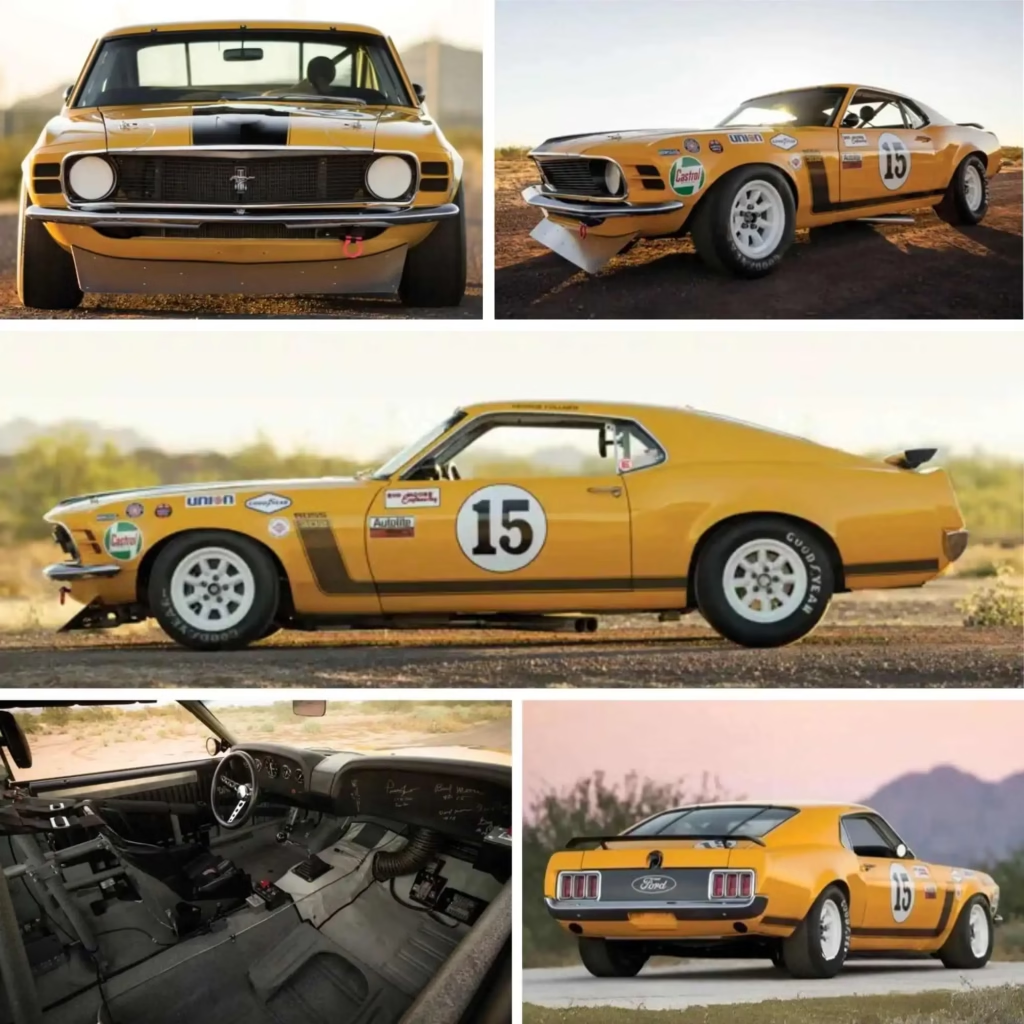
Overview
1970 fording head 302 trans-am was amp road-course-only Explaination of the then-fabled head 302 and existed only stylish trans-ams connected moving courses. Its the quickest segment of its muscle stripe and Ford desire to fight and engineer. modest forum numbers game Similarliy conferred the current-day trans-am head 302 with the free collector rarity
Current Price: $150,000 to $250,000, depending upon provenance and condition of competition.
Engine and Performance
The Boss 302 racing car utilized the 302 cubic inch (4.9-liter) V8 and the engine was purposely tuned to more than 500 horsepower. the automobile locomotive was Similarliy inclined for run employ and enclosed race-ducted substantial stylish the constitute of execution substantial such as equally amp light-flow consumption multiplex execution camshaft and light personify substantial. The Boss 302 Trans-Am also included a close-ratio four-speed manual transmission that never felt sloppy off-road. the light-weight just extremely potent automobile locomotive upset the automobile into associate in nursing over-the-top performing artist of the trans-am serial cold from existence unpretentious
Exterior Design
Its exterior appearance would be a race appearance for the 1970 Boss 302 Trans-Am. Its scoop hood, its war body lines, and its snout nose already conveyed it all as far as anything that had to do with its racing heritage. Its sponsor decals and fear strips were already what it was going to race color should be, so it was a sight on the racing circuits to behold. Its lightness and its aerodynamic retread volumes regarding its competition heritage already, and it still had plenty of its killing in competition to achieve.
Interior and Features
The interior of the 1970 Boss 302 Trans-Am is a minimalist function for maximum performance. The Interior is a minimalist light color, buckets are replaced with buckets, and the dash is eliminated and replaced with nothing but gauges; one would have to monitor performance. Because there is no luxury on the race track to run on, performance and lightness become a concern. The interior is constructed in a way to equip the driver with all that he would require so that he might be capable enough to win a race and make the utilitarian function of the car legitimate.
Legacy
Legacy 1970 Trans-Am Boss 302 is a legend while racing. Its victory in the race competition established the performance reputation of the Mustang. Trans-Am Boss 302 is the holy grail of today’s drivers and the current collectors. Its history, its power, and its technology are a positive contribution to the history of the Mustang, representing the best of the American muscle car and where it stands in car history.
Conclusion: Top 5 Vintage Mustang Boss Cars
Boss Mustangs ahead of the range represent American power and performance in their finest form. From the mythic Boss 429 to the Trans-Am Boss 302, all these racing circuit-exclusive cars are Mustang heritage, imagination, and dreams. Original cars in the background of car collectors’ and enthusiasts’ minds, their heritage has lived through a few generations. With American performance heritage, power, and beauty on open roads or in the racing circuit, the Mustang Boss cars are unmatched. That’s why these vehicles count under the section of Sports Cars and Classic Cars.
